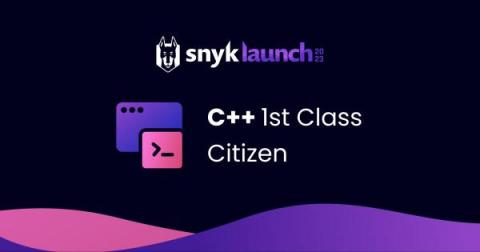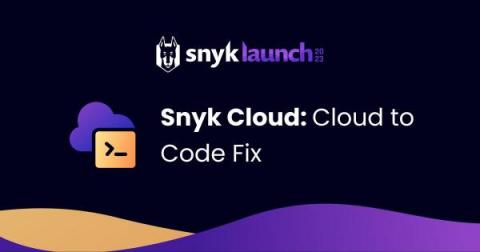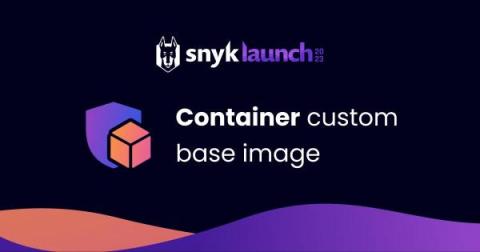Tame the CVE Beast using a Digital Twin
There are never enough hours in the day to do everything. I think we all have a to-do list that is at least twice as long as the time available to complete it. To cope, we prioritize what’s “on fire” or what has the most potential to immediately cause damage if it’s not taken care of. Often the things we “should” focus on fall to the wayside as they are outshined by what we must do immediately.










